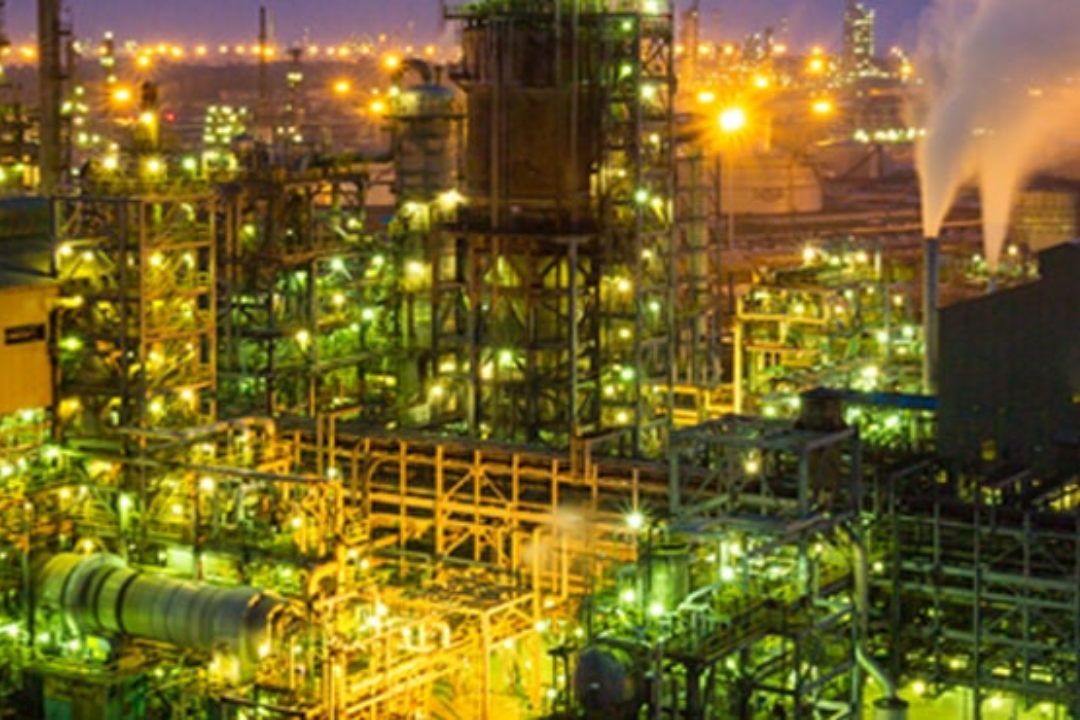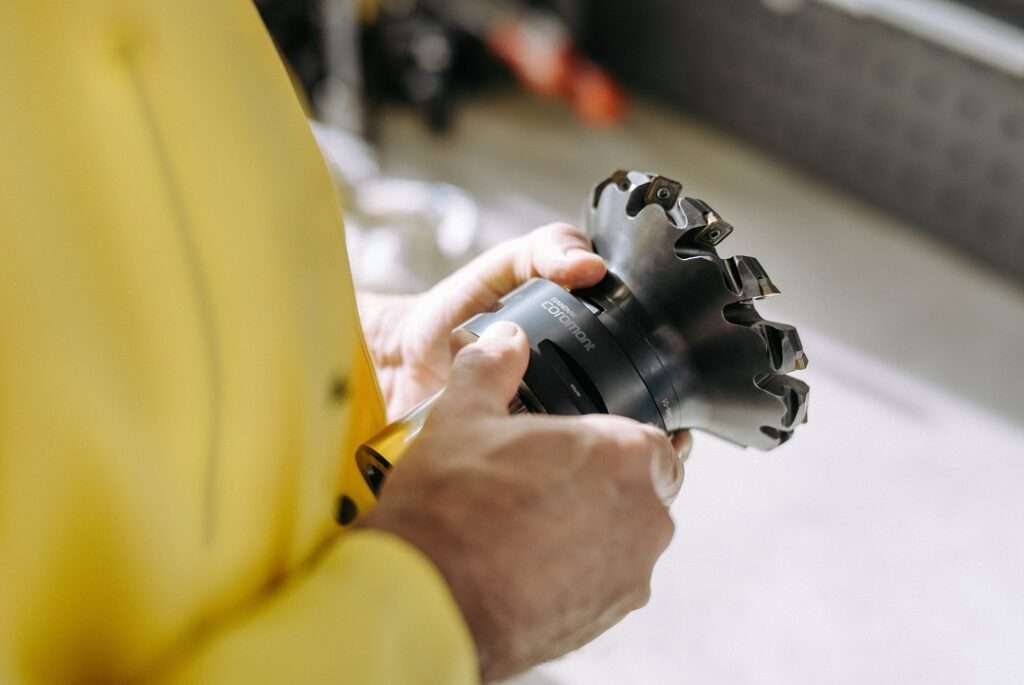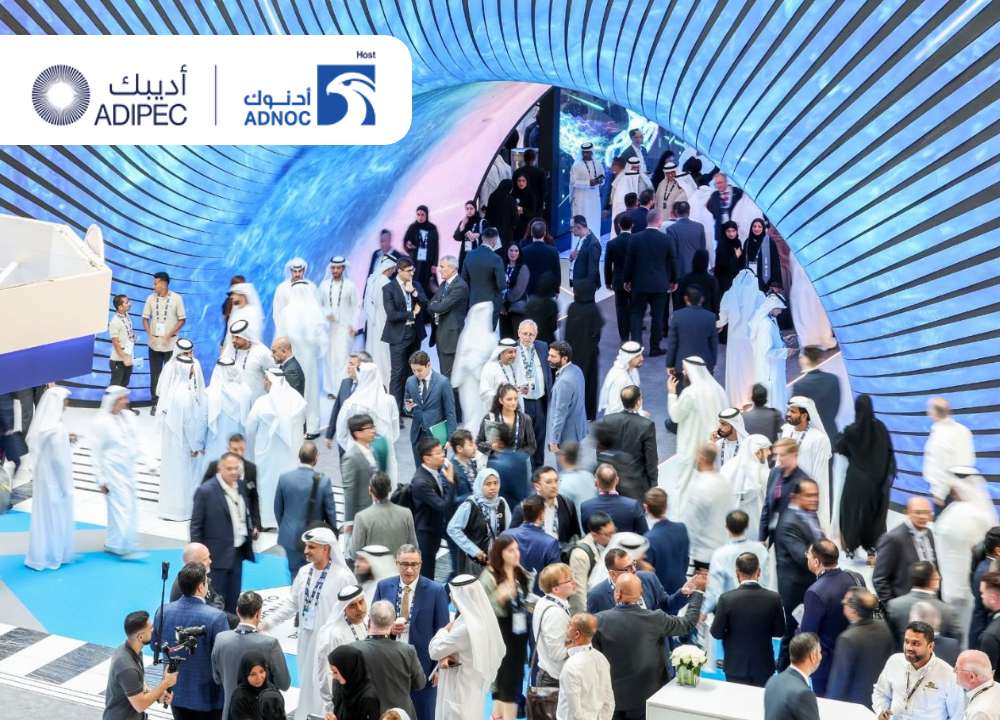Indian Oil Corporation (IOC), the largest oil company in India, aims to become a USD 1 trillion company by 2047. The company’s growth strategy includes expanding its traditional oil refining and fuel marketing, along with investing in clean energy sources like green hydrogen and EV charging, according to Chairman Shrikant Madhav Vaidya.
IOC reported a record net profit of Rs 39,619 crore (USD 4.7 billion) on a revenue of Rs 8.66 lakh crore (USD 104.6 billion) for the fiscal year 2023-24. To balance its portfolio and achieve net-zero carbon emissions by 2046, IOC plans to continue investing in both fossil fuels and new energy sources. The company will increase its oil refining capacity and invest in petrochemical units that convert crude oil into value-added chemicals. Additionally, IOC will focus on gas, biofuels, and clean mobility.
Vaidya highlighted that India’s growing economy is driving a rise in energy needs. IOC aims to fulfill 12.5 percent of India’s energy needs by 2050. The company is on a journey to become a USD 1 trillion giant by 2047, aligned with India’s vision of transforming into a USD 30 trillion economy.
IOC will invest significantly in both existing and new facilities to ensure uninterrupted energy supply. A key focus will be petrochemical integration, with projects in Panipat, Paradip, and Gujarat. The company is also setting up a polypropylene unit at Barauni refinery, aiming to increase capacity to 13 million tonnes and achieve a petrochemical intensity index of 15 percent by 2030.
In addition to these efforts, IOC will pursue green initiatives such as hydrogen mobility, hydrogen transportation, biofuels, electric mobility, and solar cooktops. The company has created a wholly-owned subsidiary, Terra Clean Limited, to consolidate its green initiatives and optimize resource allocation.
IOC plans to establish 1 GW of renewable energy capacity with an investment of over Rs 5,000 crore, aiming to enhance its renewable energy capacity to 31 GW by 2030. This will be primarily achieved through solar and wind projects.
The company has formed joint ventures with Israeli technology company Phinergy for aluminum-air batteries and Panasonic Energy of Japan for advanced lithium-ion battery manufacturing in India. The JV with Panasonic plans to establish a 1 GWh capacity factory by 2027, expanding to 5 GWh by 2031.
IOC also has a joint venture with Sun Mobility to create one of the largest battery-swapping networks in India by 2030. In the compressed bio-gas (CBG) sector, it plans to set up 30 CBG plants nationwide this year.
The company aims to convert half of its current hydrogen consumption to green hydrogen by 2030, setting up green hydrogen plants across all refineries and promoting hydrogen mobility.
Every day, IOC processes over 1.6 million barrels of crude oil, dispenses fuel through over 37,500 petrol pumps, delivers more than 26 lakh LPG cylinders, and fuels over 2,300 flights. It operates nine refineries with a total capacity of 70.25 million tonnes per annum and 19,700 km of pipelines.
In the fiscal year 2023-24, IOC added 1,260 petrol pumps, bringing the total to 37,472, along with 2,110 CNG stations and 9,059 EV charging stations. As India’s energy needs continue to grow, IOC is prepared to ramp up both conventional and renewable energy options to meet this increasing demand, Vaidya said.
India’s oil demand is expected to rise from 5.4 million barrels per day (bpd) in 2023 to 9.3 million bpd by 2040, requiring an increase in refining capacity from 256.8 million tonnes per annum to 450 million tonnes. Additionally, India aims to add 50 GW of renewable energy capacity annually to reach 500 GW by 2030.








